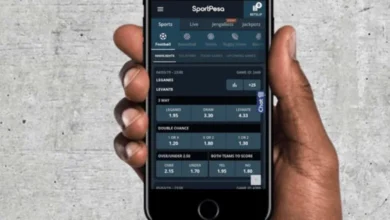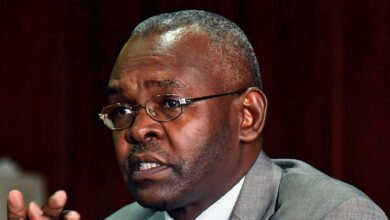
The Gross County Product (GCP) by the Kenya National Bureau of Statistics (KNBS) is a report that shows how each county contributes to the overall Gross Domestic Product (GDP) of a country.
GCP helps the governments both national and counties, formulate policies geared towards supporting certain sectors of their economy while on the other hand, the private sector would be keen to use the report for decision making on investments.
The relationship between GDP and GCP lies in; GDP = Sum of gross value added by all counties (GCP) + Gross value added by extra regional territory + Taxes on products – Subsidies.
From the just released GCP report for the period 2018 to 2022 reporting period, urban counties, majorly supported by large commercial activities were leading. Nairobi has GCP of KSh. 3.379 trillion controlling over 27.7%.
Kiambu came second with KSh. 721.205 billion while Nakuru was third recording KSh. 600.518 billion followed by Mombasa with KSh. 564.147 billion. Other major commercial centres were Kisumu with KSh. 312.651, Machakos with KSh. 378.446 and Uasin Gishu recording KSh. 295.698.
Meru had a GCP of KSh. 407.419 standing at position 5 amongst all 47 counties, was highly boosted by agriculture with the county contributing 7.6%. Other counties that showed impressive performance supported by agriculture, forestry and fishing included Nakuru (5.2%), Nyandarua (4.5%), Murang’a (4.1%) and Kiambu (4.0). Nyandarua and Murang’a recorded GCP of KSh. 118.528 billion and KSh. 247.592 billion respectively.
The top five county contributions to manufacturing activities also reflected overall GCP within the reporting period were Nairobi had 36.9%, Mombasa with 9.6%, Kiambu (8.4%), Machakos (7.8%) and Kilifi (4.6%) as overall contribution to manufacturing.
Interestingly, the report further reveals that population of a county had a direct correlation with its economic performance, with high populated counties recording higher GCP compared with low populated counties that contributed low GCP.
Counties with a population of above 1.2 million, all reported a GCP of above KSh. 250 billion for the period. This brings Kilifi, Kakamega, Bungoma and Kisii to this table each recording KSh. 254.799, KSh. 276.486 billion, KSh. 255.699 billion and KSh. 257.751 billion respectively.
On the other hand, counties with the least population recorded the least GCP. Isiolo with a population of 268,002 recorded the least GCP of Ksh.31.486 billion, followed from the bottom by Samburu with a population of 310,327reporting KSh. 33.901 billion. Tana River with a population of 315,943 and Lamu with a population of 143,920 have GCP of KSh. 35.159 billion and KSh. 40.164 billion respectively.
Consequently, counties from the ASAL region, also the least populated region, performed poorly with Turkana reporting the highest performance from the region with GCP of KSh. 128.697 billion. All other counties in this region recorded GCP of below KSh. 100 billion. The Frontier County Development Council (FCDC), an economic regional bloc with 10 counties; Garissa, Wajir, Mandera, Isiolo, Marsabit, Tana River, Lamu, Turkana, Samburu and West Pokot have a combined GCP of KSh. 621.832 which is barely 5% of the total county GCP. The bloc had lower GCP than that of Nairobi and Kiambu counties individually.
During the review period, nearly all counties recorded growth rates in real GCP of at least 3.0%. Top five counties in terms of growth rate were counties with less GCP that included Marsabit with highest of 10.3%, followed by Mandera6.4 %, Isiolo 5.8 %, Tana River 5.8 % and Kajiado with 5.7%, showing the huge potential there is in these counties and others in the lower bracket.





